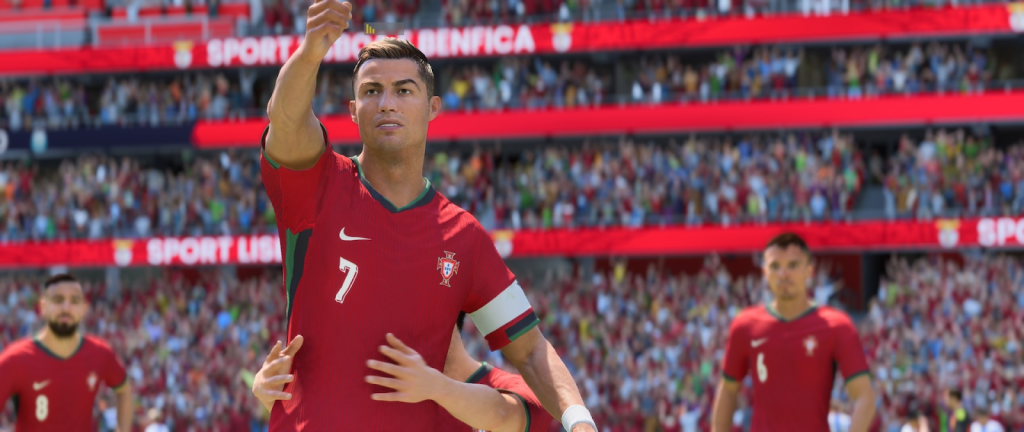For as long as Ultimate Team has existed, chemistry has been the backbone of squad building. A great player on paper means nothing if their chemistry drags your team down. In EA FC 26, the links system has been overhauled again, pushing players to think differently about how they build squads. If you’re used to the old green-yellow-red link web, get ready, chemistry in FC 26 is less about neighbors and more about global connections.
How Chemistry Works in FC 26
The new chemistry system introduced in FC 23 continues in FC 26, but with some tweaks. Instead of each player only linking to adjacent cards, every player now contributes to your team’s chemistry pool based on nationality, league, and club.
- Chemistry Points – Each player can earn up to 3 chemistry points.
- Team Chemistry – The full squad chemistry is the sum of all individual points (max 33 for a full starting XI).
- Links – Rather than worrying about position-based neighbors, players earn points by meeting thresholds across the squad.
This system rewards collective identity over micro-linking, freeing you to place stars anywhere in the XI without breaking chemistry.
Key Differences From Previous Years
If you’re coming from FIFA 22 or earlier, the changes feel massive. Here’s what’s different:
- No More Green/Yellow/Red Lines – Players don’t link based on proximity anymore. You don’t need to worry if your striker is next to a midfielder from the same nation.
- Positional Chemistry Still Matters – A player in their natural or alternate position contributes chemistry normally. Out-of-position players give zero chemistry, though they still play with base stats.
- Icons and Heroes Are Buffed – Icons give chemistry boosts to every league and nation. Heroes give full chemistry when matched to their real-life league.
In short, you now have more flexibility to build hybrid squads, but also more strategic decisions to make about how to hit those thresholds.
Why It Matters for Squad Building

The updated links system reshapes how you think about Ultimate Team squads:
- Hybrids Are Easier – Want Mbappé, Haaland, and Vinícius Jr. in the same XI? It’s possible, as long as you hit nationality/league thresholds elsewhere.
- Icons and Heroes Are More Valuable – They smooth chemistry across mixed squads, making them worth the investment beyond raw stats.
- Depth Matters – Because chemistry rewards collective identity, bench depth from the same league or nation can tip you over the threshold.
- Club Stacks Are Back – Running three or more players from the same club (e.g., Real Madrid or Manchester City) can maximize points easily.
Squad building is no longer about fitting puzzle pieces together in rigid formations, it’s about building chemistry networks across your team.
Building Strategies Under the New System
Here are a few strategies to thrive in FC 26’s chemistry environment:
1. Anchor Your Team Around a Core
Pick 3-5 players from one club or nation and build around them. For example:
- A Real Madrid core of Vinícius, Bellingham, and Rüdiger.
- A Brazilian core with Neymar, Paquetá, and Éder Militão.
This guarantees early chemistry points while giving you flexibility elsewhere.
2. Use Heroes and Icons Wisely
Heroes like Yaya Touré (Premier League) or Rudi Völler (Serie A) give league-specific chemistry boosts, while Icons like Zidane boost all nations and leagues. One or two of these cards can fix otherwise impossible squads.
3. Focus on Leagues Over Nations
Stacking players from one league (e.g., 5 from La Liga or 6 from Premier League) is often more reliable than forcing multiple nationalities. League chemistry is easier to manage across positions.
4. Don’t Ignore the Bench
Even substitutes contribute to chemistry thresholds. Use your bench to push your squad over the line for that extra point per starter.
Best Early Chemistry Setups in FC 26
If you’re just starting out in Ultimate Team, here are some setups that hit chemistry targets easily:
- Premier League Core – Affordable players like Gabriel, Maddison, and Isak let you stack league chemistry quickly.
- La Liga Core – Griezmann, Valverde, and Koundé anchor flexible squads with good links.
- Hybrid Nations – France and Brazil are the most chemistry-friendly nations, giving you access to elite players across leagues.
These setups aren’t just cheap, they scale well as you add stars, Heroes, and Icons to your squad.
Chemistry and the Meta
So how does all this impact the actual meta?
- More Super Teams – Because hybrid squads are easier, expect more star-stacked teams early in the cycle.
- Icons Dominate – Their universal boosts make them meta-defining again. Prices will stay high.
- Experimentation Is Rewarded – Offbeat squads (Bundesliga/Brazil hybrids, for example) are now viable if you manage thresholds.
- Chemistry Still Matters – Even though out-of-position players keep base stats, the loss of chemistry (boosted stats + traits) makes competitive players avoid zero-chem builds.
The result is a meta where creativity and flexibility win, but discipline in chemistry-building still separates the best from the rest.
Squad Building’s Future Outlook

The new chemistry links system in FC 26 is a step toward flexibility without abandoning the core idea of team identity. Instead of fighting the red-line puzzle of the past, players now think about chemistry as squad-wide thresholds that reward smart planning.
For casual players, it means freedom to use more of your favorite cards. For competitive grinders, it means squeezing every chemistry point out of clubs, nations, and Heroes to build dominant teams.
Either way, chemistry isn’t dead, it’s just been redefined. Mastering it will be the difference between an average FUT squad and one ready to dominate the weekend league.
